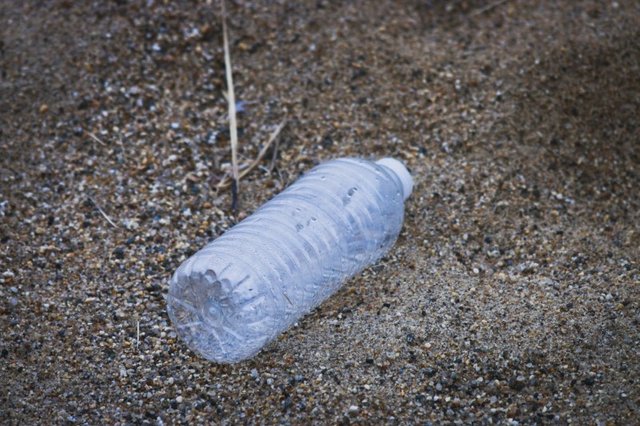
The Humanitarian and Stabilisation Operations Team (HSOT), a UK aid-funded program implemented by Palladium on behalf of FCDO, has been working with NFI suppliers and manufacturers to reduce the impact of single-use plastic packaging in humanitarian responses.
According to the UN Environment Program, half of all plastic is designed to be used only once – and then thrown away. Plastic waste is in our oceans, our land, our water supplies, our food, and our bloodstreams.
From family tents, solar lanterns, and water purification bottles, these items can often mean the difference between life and death for people who have lost everything in a disaster. Providing these non-food items (NFIs) is one of the many ways that humanitarian organizations and teams like the UK Foreign, Commonwealth, and Development Office (FCDO) assist people in crisis.
In a major sudden-onset disaster, thousands of NFIs are distributed by responding organizations to support those affected. Recycling all of the packaging materials associated with those relief items would be onerous even in a stable setting.
During a response, it’s close to impossible.
The result is that much of the packaging ends up degrading the environment in those areas already struck by disaster. However, proper packaging is vital to ensure that the products reach those in need in a fully serviceable and operational condition.
The team selected the main NFIs used by FCDO in response and worked with multiple suppliers of each stock item to identify the best ways to reduce single-use plastic packaging. As a result, HSOT identified six NFIs that could be manufactured and distributed free from single-use plastic packaging without compromising the quality or integrity of the products delivered during emergencies, one of which is the solar lantern.
Sustainable Solar Lanterns
Tim Grimble, Logistics Lead with HSOT explains the potential impact of these measures, “Since November 2017, FCDO has shipped just under 6,000 solar lanterns in support of humanitarian crises around the world.”
“Previously each lantern was protected by a plastic bag and the unit comes with a USB cable, that was protected by a separate plastic bag,” adds Grimble. “Now, the plastic bag protecting the solar lantern has been replaced by a cloth or lightweight fabric bag and suppliers have agreed that the second bag can be dispensed with entirely.”
“If the figures for previous years were to continue into the future, then these measures would lead to just under 12,000 fewer pieces of single-use plastic entering the humanitarian supply chain based on HSOT’s new specifications,” Grimble explains.
Other examples of measures taken include the use of eco-friendly inks when printing on boxes and the use of non-laminated cardboard, which facilitates easier recycling or composting of the necessary packaging.
That’s just one line item out of six commodities. Solar lights, kitchen sets, buckets, fixing kits for shelter, and family tents can now all be procured free from single-use plastic packaging.
In terms of scale, it’s projected that these measures devised by Palladium and adopted by FCDO have the potential to remove hundreds of thousands of individual pieces of single-use plastic from the supply chain during a humanitarian response.
Partnerships Across the Atlantic
The opportunities HSOT has identified to reduce single-use plastic are creating a wider impact beyond just the UK and are now utilized by the US.
The Joint Initiative for Sustainable Humanitarian Packaging Waste Management initiated by the United States Agency for International Development (USAID) and other humanitarian organizations, aims to bring together humanitarian actors, along with expertise from leading educational institutions and the private sector, to tackle the issue of plastic packaging waste management in humanitarian responses.
As a party to this initiative, HSOT, on behalf of the FCDO, has shared its existing work on the reduction of plastics with others in the sector. This has led to the Joint Initiative adopting some of the packaging specifications developed by HSOT as the basis for their own NFI tender specifications.
The packaging specification includes removing plastic packaging, such as with the solar lantern example above, or, when this is not possible, introducing a minimum percentage of recycled plastics to be used. This cooperation now has the potential to leverage measures for the removal of hundreds of thousands of pieces of plastic to millions in the coming years.
There is still a long way to go before single-use plastics can be completely eliminated from humanitarian responses. However, initiatives like that of HSOT and the Joint Initiative have the potential to not only remove millions of pieces of plastic from the humanitarian supply chain but also to shift thinking for suppliers and buyers on the viability of alternatives to single-use plastic packaging.
A better way is always possible, and these efforts can inform best practices both within and beyond the humanitarian sector.